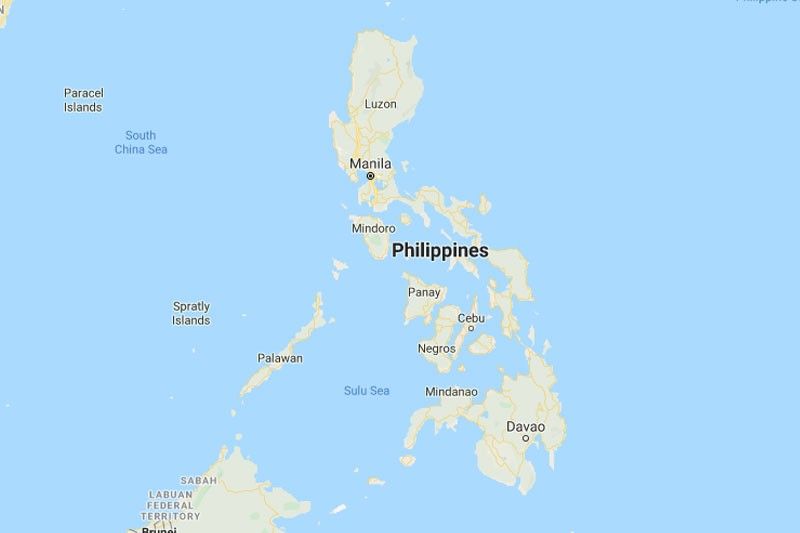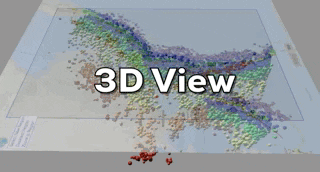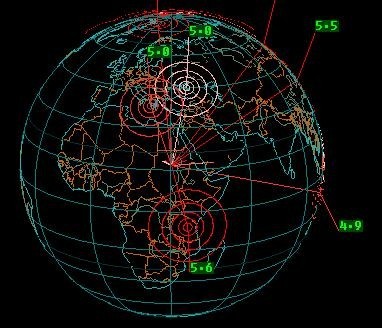


Create a map palette that has a visual hierarchy and is also acceptable for color blindness.Use out of the box ArcGIS Online map symbology that is quickly retrieved, available to all users across the platform, and can be easily replicated.Display the earthquake data so our viewer can quickly determine and differentiate an earthquake’s Time, Magnitude, and Alert Level.Design an easy to use ArcGIS Online web map with one earthquake layer in the Contents pane.I was asked to work within these design requirements: This is a web map with hundreds of dynamic points of data. The purpose of this map is to visualize the earthquake data as intuitively and elegantly as possible with our end goal being to update the Live Feed earthquake data that is available in the Living Atlas. The earthquake data has three fields to make this happen: Hours Old, Magnitude, and Alert Level ( See Part I of this earthquake blog to find out how these were combined in Arcade). What are the impacts on people and the environment?.The information that should stand out on our map: According to plate tectonics earthquakes occur within the same general areas and visualizing them this way can show patterns and trends. They have aftershock events in the same vicinity that unfold within a few hours, days, or even years of the initial incident. Having been through many myself I know that earthquakes happen unexpectedly and vary in their size, intensity, and severity for people and the environment.Įarthquakes are usually not isolated incidents.

What Should We See on Our Earthquake Map?Įarthquakes are powerful and scary with many factors of concern that need to be represented on our map. A home collapsed in San Francisco's Marina District a day after the 6.9 magnitude Loma Prieta earthquake struck the Bay Area in California on October 17, 1989.


 0 kommentar(er)
0 kommentar(er)
